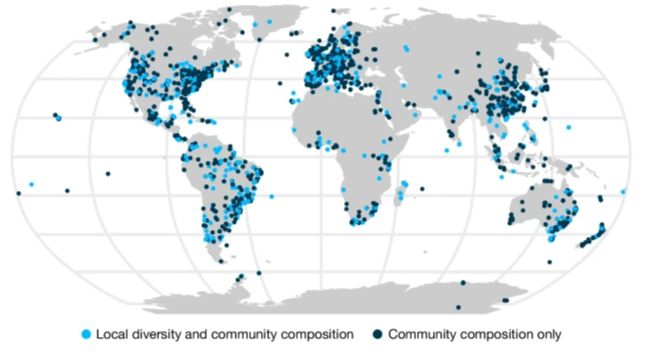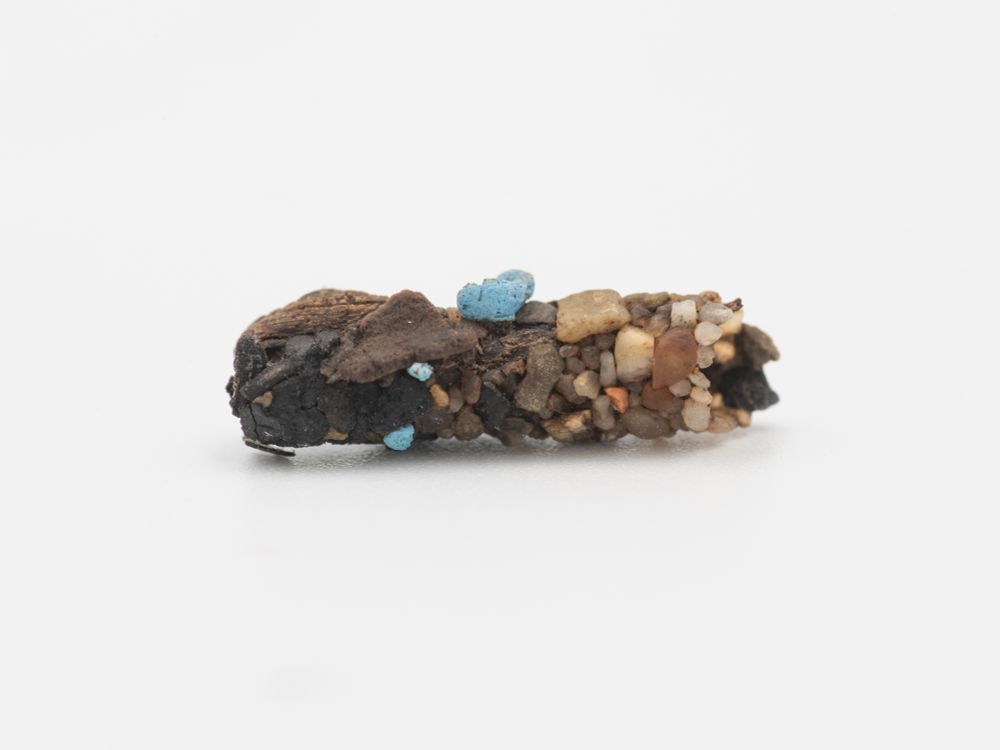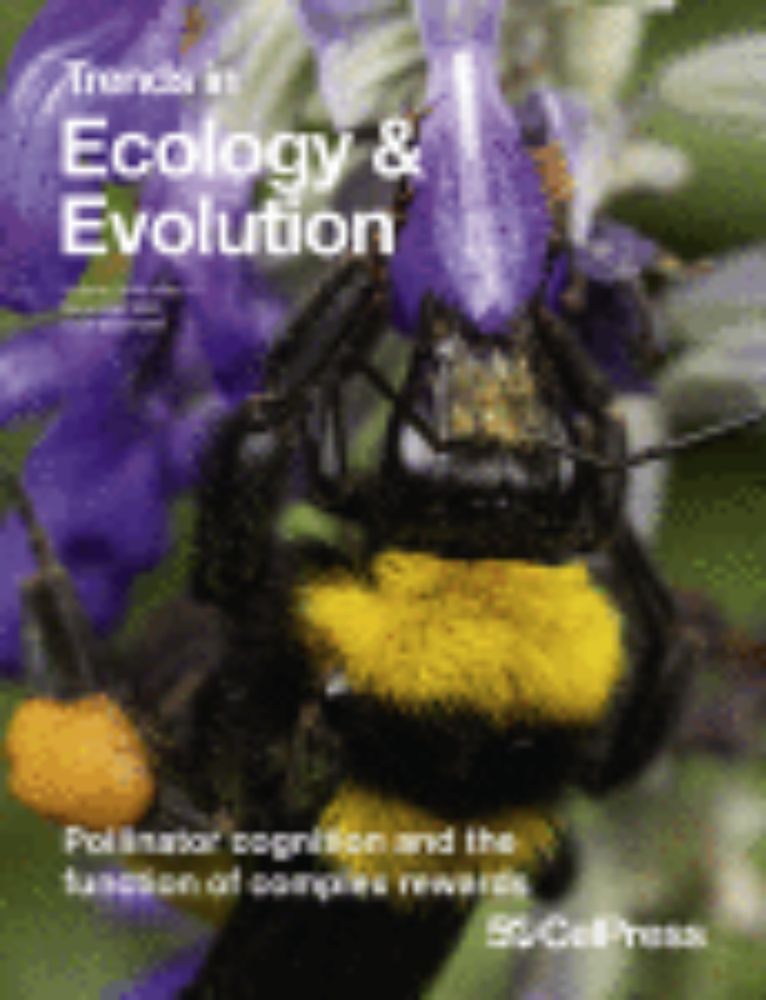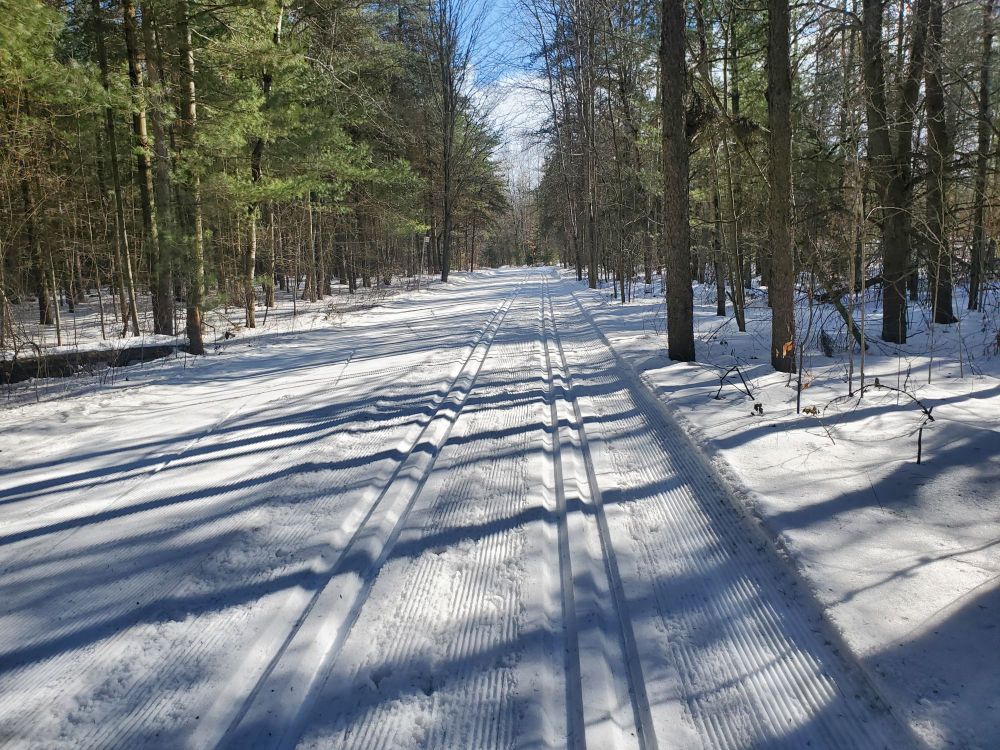
Human pressures are boosting invaders, cutting fishery value by over 50%.
A 21-year study led by Dieison Moi shows how invasions reshape ecosystems and threaten vital services.
www.nature.com/articles/s41...
#Ecology #EcosystemServices

🌿🍂🦐 🌐🌍
We studied seasonal dynamics/phenology ⏱️ of 🟩terrestrial-🟦aquatic linkages across a year: www.sciencedirect.com/science/arti...
Out in #CurrentBiology @currentbiology.bsky.social
1/4

🌿🍂🦐 🌐🌍
We studied seasonal dynamics/phenology ⏱️ of 🟩terrestrial-🟦aquatic linkages across a year: www.sciencedirect.com/science/arti...
Out in #CurrentBiology @currentbiology.bsky.social
1/4
Through an unprecedented synthesis (2133 studies!) we show that humans are not only shrinking species numbers—but reshaping entire communities across the planet. 🌍🌐🐟🌿🪲
www.nature.com/articles/s41...

Through an unprecedented synthesis (2133 studies!) we show that humans are not only shrinking species numbers—but reshaping entire communities across the planet. 🌍🌐🐟🌿🪲
www.nature.com/articles/s41...
rdcu.be/eg7RT
rdcu.be/eg7RT
Insects from the '70s and '80s were already collecting microplastic, decades before the term microplastic even existed. 🤯
A thread on the surprising history of this pollutant and the incredible insect larvae that helped us uncover it. 🐛
Let's dive in! 🧵👇 1/x


Insects from the '70s and '80s were already collecting microplastic, decades before the term microplastic even existed. 🤯
A thread on the surprising history of this pollutant and the incredible insect larvae that helped us uncover it. 🐛
Let's dive in! 🧵👇 1/x
tinyurl.com/555cmb2a

tinyurl.com/555cmb2a
“Giving rivers more room to move can represent a mutually beneficial solution for both the freshwater biodiversity crisis and flood hazard management as climate-driven extremes escalate.”
www.nature.com/articles/s44...

“Giving rivers more room to move can represent a mutually beneficial solution for both the freshwater biodiversity crisis and flood hazard management as climate-driven extremes escalate.”
www.nature.com/articles/s44...
Interested in a PhD under excellent supervision in one of Europe’s largest freshwater research centres?
We seek 8 doctoral researchers for the CRC RESIST at the University of Duisburg-Essen!
sfb-resist.de/people/open-...
#rivers #PhDjobs

Interested in a PhD under excellent supervision in one of Europe’s largest freshwater research centres?
We seek 8 doctoral researchers for the CRC RESIST at the University of Duisburg-Essen!
sfb-resist.de/people/open-...
#rivers #PhDjobs
tinyurl.com/37wayhhz
#geosky 🧪
tinyurl.com/37wayhhz
#geosky 🧪
go.bsky.app/LjV86zg
go.bsky.app/LjV86zg

More biodiverse communities of invertebrates, in both terrestrial and aquatic ecosystems, have a higher content of "good fats" that are available for predators (e.g. bird, bats, fish, etc...).
doi.org/10.1126/scie...

More biodiverse communities of invertebrates, in both terrestrial and aquatic ecosystems, have a higher content of "good fats" that are available for predators (e.g. bird, bats, fish, etc...).
doi.org/10.1126/scie...

Invasive species have globally profound impacts. These extend beyond ecosystem invaded, e.g. by altering flow of materials across the boundaries.
Free article link here: rdcu.be/dBJS5


Invasive species have globally profound impacts. These extend beyond ecosystem invaded, e.g. by altering flow of materials across the boundaries.
Free article link here: rdcu.be/dBJS5







